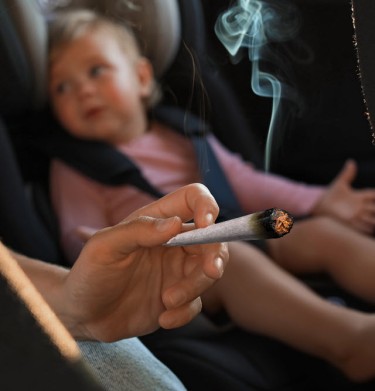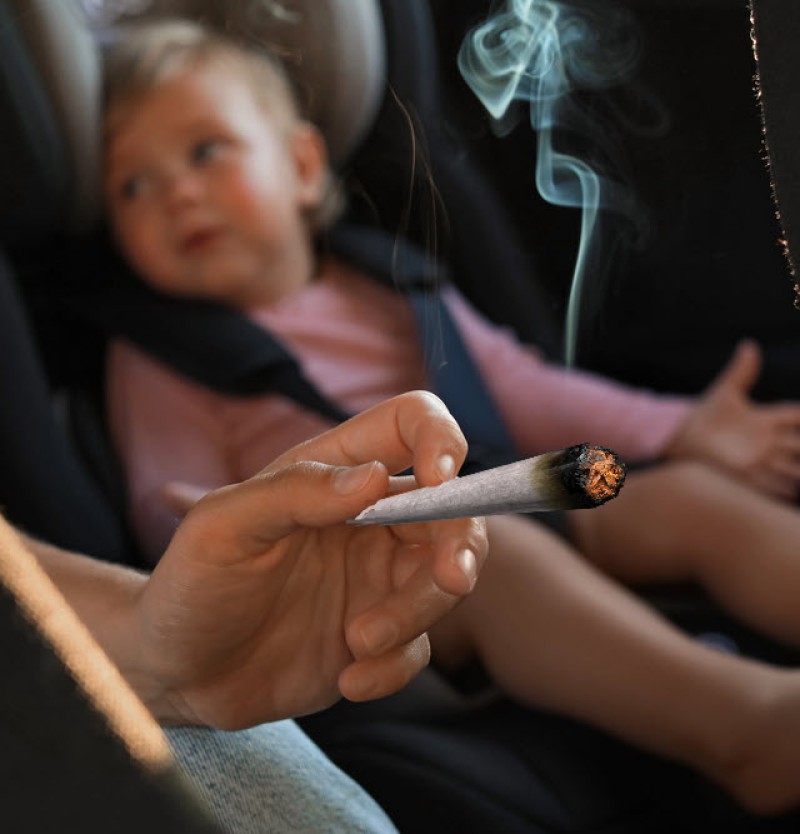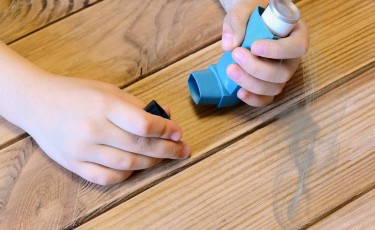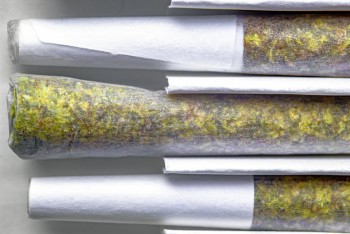
The legalization and decriminalization of cannabis in many parts of the world have sparked widespread debate about its societal, medical, and personal implications. While much of the focus has been on adult usage and its effects, an often-overlooked issue is how secondhand cannabis smoke impacts children living in homes where the drug is consumed. Recent research has revealed that children exposed to cannabis smoke in their homes are at risk of testing positive for tetrahydrocannabinol (THC), the psychoactive compound in cannabis. This finding raises significant concerns about the health, safety, and developmental outcomes for these children.
In this article, we will delve into the findings of recent studies, explore the potential health risks associated with secondhand cannabis smoke, and discuss broader social and legal implications. We will also examine how parents and caregivers can mitigate these risks to protect children from inadvertent exposure.
The Science Behind Secondhand Cannabis Smoke
Secondhand smoke refers to the involuntary inhalation of smoke exhaled by a smoker or released from a burning substance. While tobacco secondhand smoke has been extensively studied and linked to numerous health issues, secondhand cannabis smoke is a relatively new area of research. Cannabis smoke contains many of the same harmful chemicals as tobacco smoke, including carcinogens, fine particulate matter, and respiratory irritants. However, cannabis smoke also contains cannabinoids like THC and cannabidiol (CBD), which can have psychoactive or physiological effects when absorbed into the body.
When cannabis is smoked indoors or in enclosed spaces, it creates an environment where non-smokers, including children, can inadvertently inhale these substances. Unlike adults who may choose to avoid such environments, children are particularly vulnerable because they lack agency over their living conditions and are often in close proximity to their caregivers.
Recent Research Findings
A groundbreaking study conducted in San Diego County, California, examined whether children living in homes where cannabis is smoked test positive for THC exposure. Researchers collected urine samples from children aged 0 to 13 years who were brought to pediatric clinics for routine care. Caregivers were also surveyed about their cannabis use habits, including whether they smoked indoors or outdoors.
The results were striking: children living in homes where cannabis was smoked had five times higher odds of testing positive for THC compared to those living in non-smoking households. This finding indicates that secondhand exposure to cannabis smoke is not just a theoretical risk but a measurable reality.
Key Findings
-
THC Detection: Detectable levels of THC metabolites were found in the urine samples of children exposed to secondhand cannabis smoke. This suggests that even passive exposure can lead to absorption of psychoactive compounds into a child’s system.
-
Indoor Smoking Risks: Homes where cannabis was smoked indoors posed the highest risk for exposure. Poor ventilation and prolonged exposure times likely contribute to higher levels of THC absorption.
-
Age Factor: Younger children were more likely to test positive for THC than older children. This may be due to their closer physical proximity to caregivers and their tendency to spend more time indoors.
-
Co-Exposure with Tobacco: Many households that reported cannabis smoking also reported tobacco use. Children in these environments face a dual burden of exposure to harmful chemicals from both substances.
Health Risks Associated with Secondhand Cannabis Smoke
The presence of THC metabolites in children’s systems raises serious concerns about the potential health risks they face. While research on this specific topic is still emerging, existing studies on secondhand tobacco smoke and direct cannabis use provide valuable insights.
1. Respiratory Issues
Cannabis smoke contains fine particulate matter that can irritate the respiratory system. Prolonged exposure may lead to:
-
Increased risk of asthma attacks
-
Chronic bronchitis or other respiratory conditions.
-
Reduced lung function over time.
Children’s lungs are still developing, making them particularly susceptible to damage from inhaled irritants.
2. Cognitive and Developmental Concerns
THC is known to affect brain function by interacting with cannabinoid receptors in the central nervous system. While most studies focus on direct cannabis use during adolescence or pregnancy, there is concern that even low-level exposure through secondhand smoke could impact brain development in young children.
Potential risks include:
-
Impaired memory and learning abilities.
-
Delayed cognitive development.
-
Behavioral issues such as hyperactivity or attention deficits.
3. Chemical Exposure
In addition to THC, cannabis smoke contains harmful chemicals such as ammonia, hydrogen cyanide, and polycyclic aromatic hydrocarbons (PAHs). These substances are known carcinogens and can increase the risk of cancer over time.
4. Psychoactive Effects
Although rare, there have been anecdotal reports of children experiencing mild psychoactive effects after significant exposure to secondhand cannabis smoke. Symptoms may include drowsiness, confusion, or changes in mood.
Broader Implications
The findings about children’s exposure to secondhand cannabis smoke have far-reaching implications that extend beyond individual households. They touch on public health policies, legal frameworks, and societal attitudes toward cannabis use.
1. Public Health Concerns
As more states and countries legalize recreational and medicinal cannabis use, public health agencies must address the unintended consequences for vulnerable populations like children. Educational campaigns similar to those targeting tobacco use may be necessary to raise awareness about the risks of secondhand cannabis smoke.
2. Legal Considerations
In some jurisdictions, exposing children to harmful substances like tobacco or drugs can be considered child endangerment. As evidence mounts about the risks of secondhand cannabis smoke, lawmakers may need to consider whether similar protections should apply.
For example:
-
Should smoking cannabis indoors around children be prohibited?
-
Should child welfare agencies intervene in cases where repeated exposure occurs?
These are complex questions that balance individual freedoms with societal responsibility for child welfare.
3. Social Stigma vs Awareness
Cannabis use has historically been stigmatized due to its association with illegal activity. While legalization aims to reduce stigma and promote responsible use, it is crucial not to overlook potential harms—especially those affecting children who cannot advocate for themselves.
Recommendations for Parents and Caregivers
Parents who use cannabis should take proactive steps to minimize their children’s exposure:
-
Smoke Outdoors: Always consume cannabis outside the home or in well-ventilated areas away from children.
-
Avoid Smoking Near Children: Even brief exposure can lead to absorption of harmful compounds.
-
Use Alternative Methods: Consider non-smoking methods of consumption (e.g., edibles) that do not produce secondhand smoke.
-
Educate Yourself: Stay informed about the potential risks associated with secondhand cannabis smoke.
-
Create Smoke-Free Zones: Designate certain areas of your home as completely off-limits for smoking.
The Need for Further Research
While current studies provide valuable insights, much remains unknown about the long-term effects of secondhand cannabis smoke on children’s health and development. Future research should focus on:
-
Longitudinal studies tracking exposed children over time.
-
The impact of different levels of exposure (e.g., occasional vs frequent).
-
Interactions between secondhand tobacco and cannabis smoke.
-
Effective interventions for reducing childhood exposure.
Conclusion
The revelation that children living with cannabis smokers can test positive for THC underscores an urgent need for greater awareness and precautionary measures among parents and caregivers who use cannabis. These findings highlight how changing attitudes toward drug use must be accompanied by thoughtful consideration of its unintended consequences—particularly for vulnerable populations like children. As society continues to navigate the complexities surrounding cannabis legalization, protecting children’s health must remain a top priority. By fostering open dialogue, promoting education, and implementing evidence-based policies, we can ensure that progress in one area does not come at the expense of another generation’s well-being.
CANNABIS AROUND KIDS, WHAT ABOUT SURGING ASTHMA? READ ON...
IS CANNABIS CAUSING A SURGE IN KIDS' ASTHA CASES IN LEGAL STATES?






